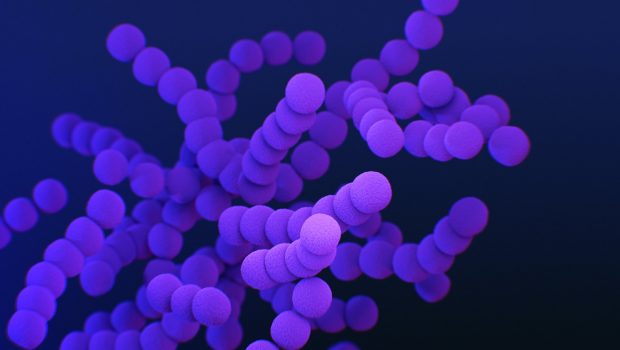New technology enables identification of potential drugs to fight resistant strains
Credit: Unsplash / CC0 public domain
Researchers at the University of Miami, Ohio have optimized a new technology that allows scientists to assess how potential inhibitors work against antibiotic-resistant strains. This technique, called native-state mass spectrometry, provides a way for scientists to quickly identify the best candidates for effective clinical drugs, especially when bacteria can no longer be treated with antibiotics alone. The study will be presented at the World Microbiology Forum Online Conference of the American Society of Microbiology on June 21, 2021.
Antibiotic misuse in the last century Bacterial resistance, Leads to many bacterial infections that can no longer be treated with current antibiotics.2.8 million people are diagnosed each year in the United States Bacterial infection It is resistant to one or more antibiotics, and according to the US Centers for Disease Control and Prevention, resistant infections have killed 35,000 people.
“One way to combat antibiotic resistance is to use drug / inhibitor combination therapies,” said PhD Kaitlin Thomas. Presents chemistry candidates and research authors. An example of this type of treatment is Augmentin, a prescription antibiotic used to treat bacterial infections of the respiratory tract, which consists of the antibiotic amoxicillin and the inhibitor clavulanic acid.Clavulanic acid inactivates Important protein Used by bacteria to become resistant to amoxicillin. When a bacterial protein is inactivated, the antibiotic amoxicillin is left to kill the bacteria, thereby treating the infection.
Before using new inhibitors in the clinic, scientists need to fully understand how inhibitors work. In the current study, Thomas and her team studied a bacterial protein called metallobeta-lactamase. This makes many clinical strains of bacteria resistant to all penicillin-like antibiotics.Like penicillin Antibiotics It accounts for more than 60% of all antibiotic weapons available for the treatment of bacterial infections.
Many laboratories around the world are trying to create new inhibitors that inactivate metallobeta-lactamase, but Thomas and co-workers instead analyze how these new inhibitors work. I am. “Because the metallobeta-lactamase contains two Metal ions You can study them using a variety of spectroscopic techniques. These experiments provide more insight into the behavior of inhibitors and whether they may be candidates for future clinical use. “
Hundreds of potential inhibitors have been reported in the literature and several patents have been filed for metallo-beta-lactamase inhibitors. Some of the reported inhibitors work by removing the necessary components of metallobeta-lactamase. These same inhibitors can remove this same necessary component of other human proteins and cause serious side effects. Other inhibitors bind directly to metallobeta-lactamase and inactivate proteins. This type of inhibitor is ideal for new inhibitors that can be used in the clinic.
www.worldmicrobeforum.org/
Provided by
American Society for Microbiology
Quote: Resistant bacteria acquired on June 20, 2021 from https: //phys.org/news/2021-06-technique-identification-potential-drugs-resistance.html by new technology (June 20, 2021) ) Can be identified as a drug that may fight
This document is subject to copyright. No part may be reproduced without written permission, except for fair trade for personal investigation or research purposes. The content is provided for informational purposes only.
New technology enables identification of potential drugs to fight resistant strains
Source link New technology enables identification of potential drugs to fight resistant strains








Gloss